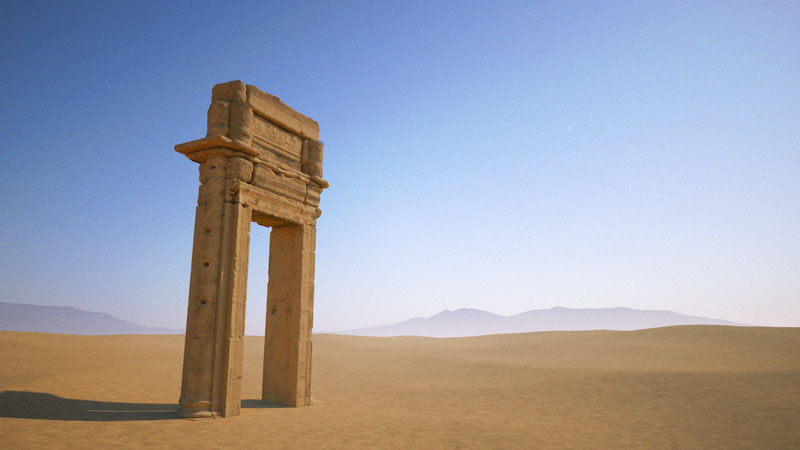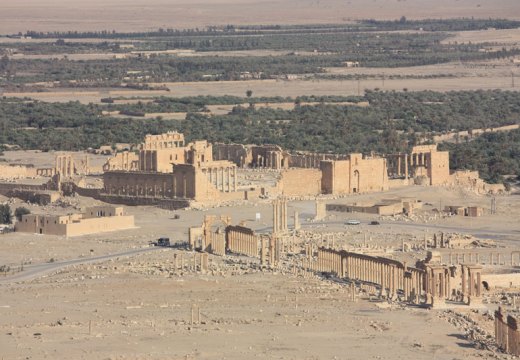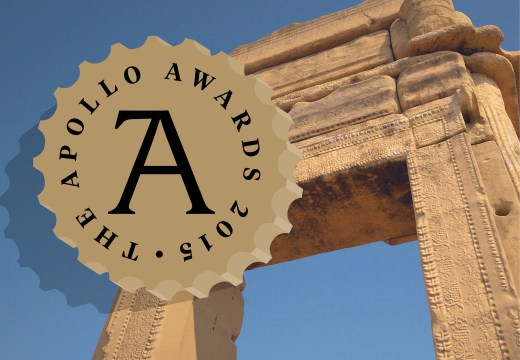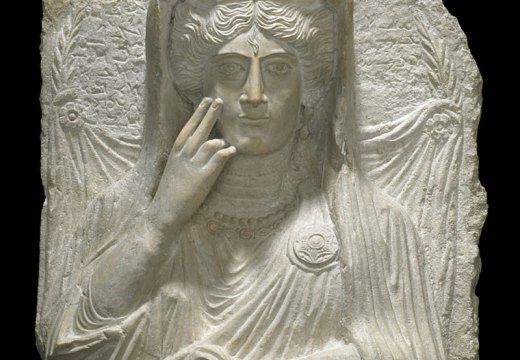The news that a 3D-printed replica of the arch of the Temple of Bel at Palmyra is to be erected in Trafalgar Square and Times Square, New York, in April raises interesting issues. The great Temple of Bel was ostentatiously destroyed by ISIS after they had taken control of the ancient city of Palmyra, and followed their destruction of the iconic lion of Allat and the appalling murder of Khaled al-Asaad, who had looked after the antiquities of Palmyra for decades. The unique monuments and relief statuary of Palmyra are well known, and examples of its statuary and tombstones can be found in several museums outside Syria, but these actions were followed by a general outcry, as ISIS intended. Now the Institute for Digital Archaeology (IDA), winner of Apollo’s Digital Innovation of the Year Award in 2015, proposes to erect 3D printed reconstructions of the arch in two prominent public spaces with the aim of raising consciousness still further.
In cooperation with the Physics Department at Oxford the IDA is recording threatened monuments in 3D, opening the possibility of future reconstruction on site or elsewhere. To do this, it is distributing 5,000 ‘3D cameras’ to volunteers in conflict zones in the Middle East and North Africa. Other research teams, with high-level support from UNESCO and organisations such as the World Monuments Fund and research councils, are using laser scanning, satellite imagery and declassified CORONA space photography from the 1960s. Some of this work began before ISIS came on the scene, and is a product of recent technological advances. It is not just about monuments, or about deliberate destruction by ISIS or others. Human development over centuries has also impacted on historical landscapes, and researchers are using similar technology to study ancient landscapes and detect current changes and threats. Professor Graham Philip at Durham University works with geographers and others to trace longterm landscape change in the Homs region of Syria. But the reconstruction of high-profile monuments damaged or destroyed in conflict zones is of course the most spectacular possibility that is now opened up.
At present reconstruction on site is a distant dream. It would also face formidable obstacles in international agreements, funding and local impact. But there is also the possibility of scanning relevant material held in world museums and reuniting it with digital records from the sites themselves, in a ‘virtual reunification’. Even more important, because so urgent, is the need to create a complete digital record of endangered sites in the Middle East and North Africa. Work is going on where possible with local antiquities experts, who in many cases have excellent training and expertise. But in the absence of national monuments records the race to use the new techniques to produce a complete record is well and truly on. It remains to be seen whether the various agencies already active can work together or share technologies. If not, one wonders whether the funding and effort currently being expended will actually achieve the ends we want to see.
Unlimited access from just $16 every 3 months
Subscribe to get unlimited and exclusive access to the top art stories, interviews and exhibition reviews.














![Masterpiece [Re]discovery 2022. Photo: Ben Fisher Photography, courtesy of Masterpiece London](http://www.apollo-magazine.com/wp-content/uploads/2022/07/MPL2022_4263.jpg)
It’s time for the government of London to return to its rightful home